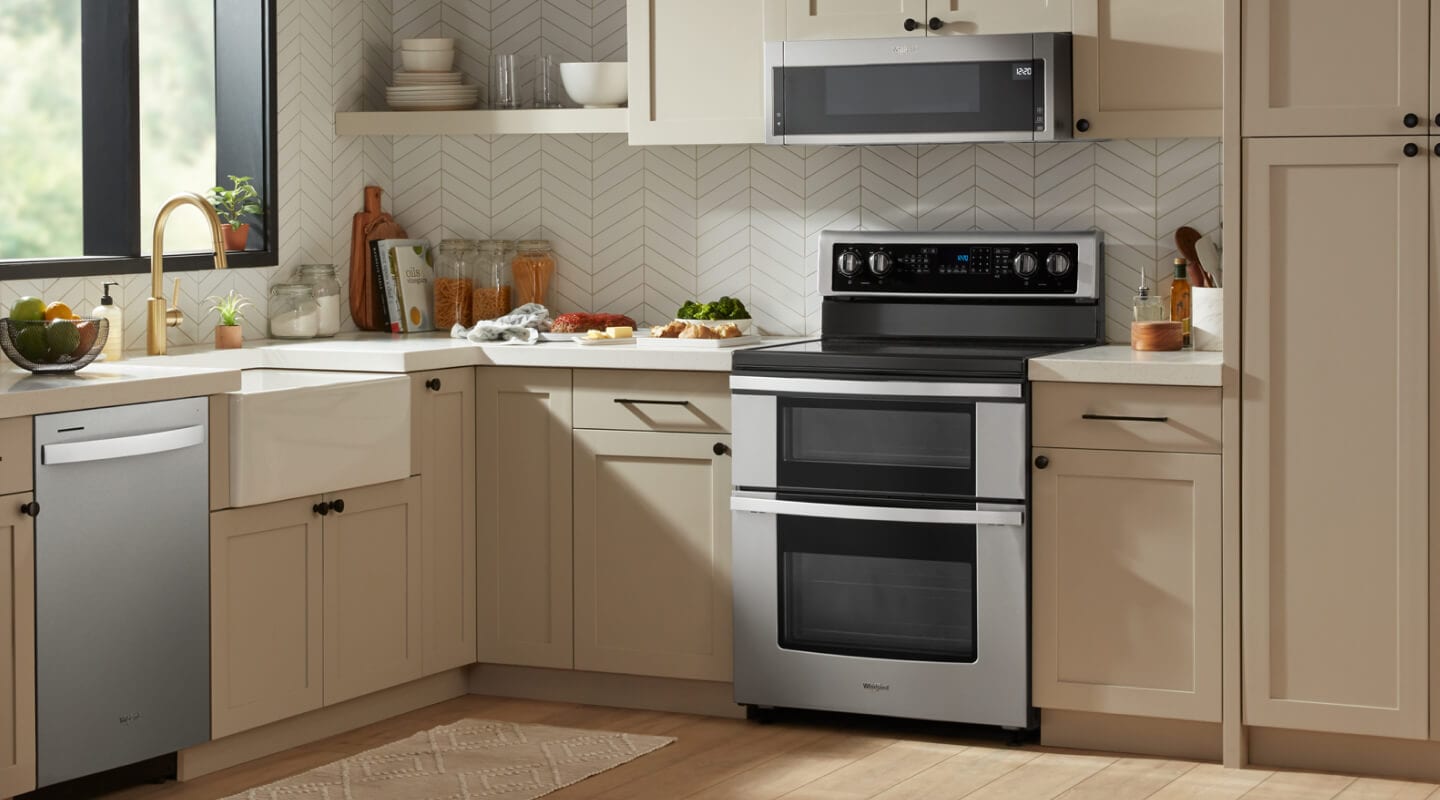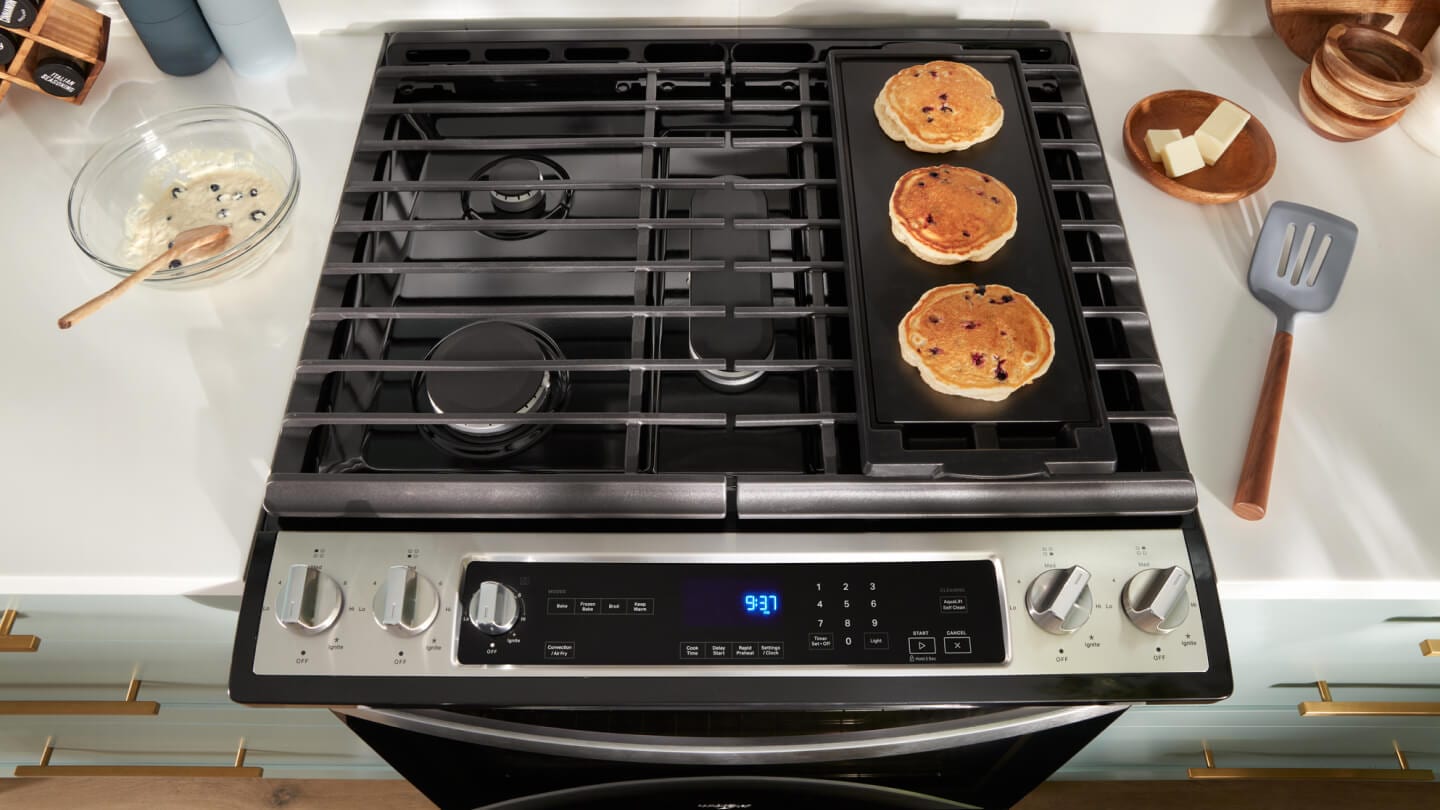
Types of stoves & kitchen ranges
If you’re in the market for a new kitchen range, you’ve probably discovered that there are several different types of ranges and stoves to consider. From different fuel types and number of burners to various sizes and features, this guide will walk you through the different types of ranges to help you find the one that works best for your kitchen and cooking style.
What’s the difference between ranges, stoves and cooktops?
While “stove” and “range” are often used interchangeably, there are differences between the two. Stoves can refer to heating devices that aren’t necessarily used to prepare food, or to cooking appliances that include a stovetop and oven cavity. Range is used only to describe the combination of a cooktop and oven cavity specifically for cooking food. This is the term most commonly used by appliance makers.
A kitchen range is what you find in most homes today. Cooktops are separate appliances and are not connected to an oven. Cooktops are often installed in countertops or above a separate wall oven.
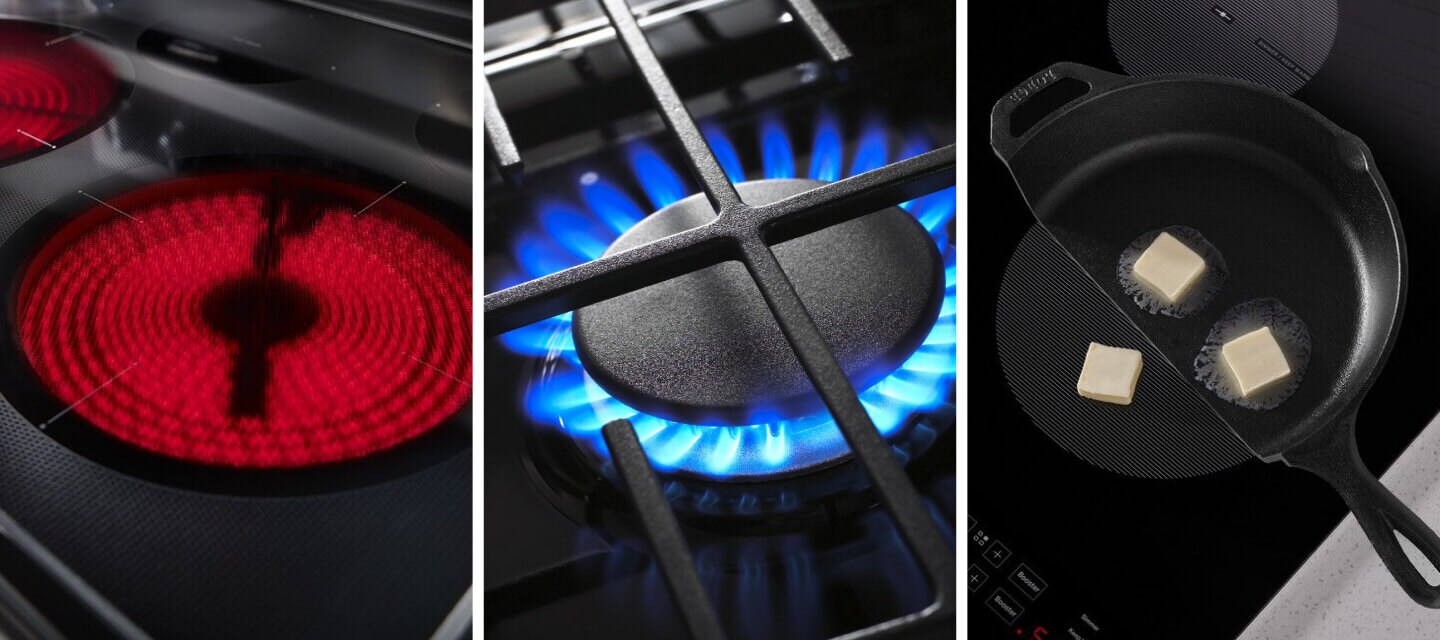
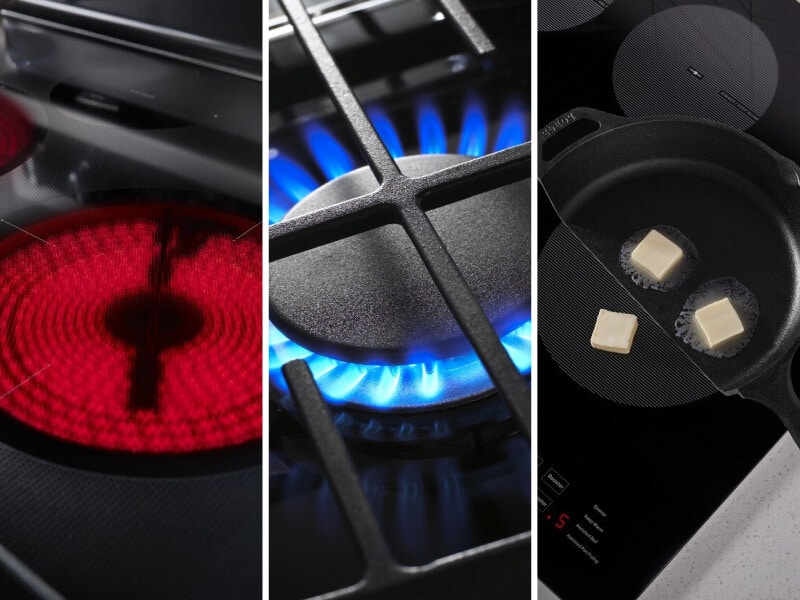
Types of ranges by fuel type
Ranges are powered by electricity, natural gas or propane. Dual-fuel ranges use both electricity and gas. When deciding between an electric or gas range, consider which type you want and which are viable options, depending on utility availability. For gas stoves, a gas line and hookup are required.

1. Gas ranges
Gas ranges are fueled by natural gas or propane and require a gas line installation if you don’t already have one installed. Consult a licensed professional for questions about gas connections. If this type of range sounds like a fit for your home, browse Whirlpool® Gas Ranges for your next appliance.
Gas cooktops on household ranges generally have between two and six burners. Gas burner heat output is measured in BTUs—the higher the number, the more heat is generated. With gas burners, you get responsive control over heat levels at both low and high temperatures.
Gas stovetops, depending on the design and number of burners, have a variety of lower and higher heat burners to handle most cooking tasks. While professional and commercial-style ranges can feature burners with between 15,000 to 25,000 BTUs, a typical gas range includes burners from around 5,000 to 15,000 BTUs.
Shop Whirlpool® Gas Ranges
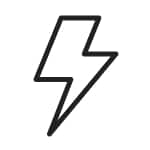
2. Electric ranges
Electric ranges are fueled by electricity and do not require a gas line connection. However, you will need a 240-volt outlet for installation. Consult a licensed electrician for questions regarding electrical connections.
Electric stovetop heating elements come in a variety of styles and sizes to match different kinds of cookware. Like gas ranges, electric stoves generally have between two and six elements.
The different styles of electric elements include round metal coils, solid metal disks (also known as hotplate burners) and smoothtop ceramic glass radiant elements.
Electric element heat output is measured in watts—the higher the wattage, the more heat is generated. Element capabilities include dual or triple elements, which is like having two or three elements in one, as well as low-wattage elements for warming zones. Select Whirlpool® Electric Ranges feature FlexHeat™ Dual Radiant Elements, which offer two elements in one with a 6" inner ring that's great for smaller pots and pans and a 9" expandable outer ring that makes room for larger cookware. If this sounds like the stove for you, learn what to consider when transitioning from a gas to an electric range.
Shop Whirlpool® Electric Ranges
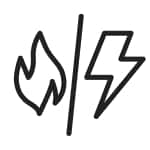
3. Dual-fuel ranges
Dual-fuel ranges offer the versatility of both gas and electric fuel with the cooktop and oven powered by two different fuel sources. A dual-fuel range can be an ideal option for those who want the responsiveness of a gas cooktop combined with the consistent heat an electric oven provides for baking.
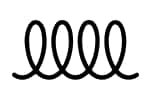
4. Induction ranges
Induction technology uses electromagnetic energy that interacts with compatible magnetic cookware to make it hot, instead of heating the cooking surface itself. Induction cooktops are powered by electricity and provide similar features to electric cooktops, with the added benefits of faster boiling, searing and responsive heat adjustments. Read more to compare induction vs. electric cooktops in more detail.
Shop Whirlpool® Induction Cooktops
Types of ranges by configuration
In addition to gas and electric options, ranges are also available in various configurations, such as freestanding or slide-in. Learn more about the different types of range configurations below.
If you’d rather separate your cooktop from your oven, a combination of a standalone cooktop and wall oven provides another option.
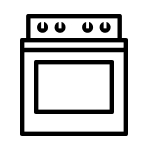
1. Freestanding ranges
With finished sides and a rear console, a freestanding range combines an oven and a cooktop in one appliance. This type of range can also provide flexible installation options, since it can stand alone or be installed between cabinets, countertops and other appliances.
Shop Whirlpool® Freestanding Ranges
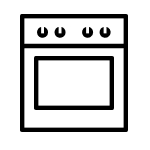
2. Slide-in ranges
Slide-in ranges are designed to sit flush with cabinetry for a seamless, built-in look, like in a kitchen island. Instead of a backguard with rear controls like freestanding ranges, slide-in stoves have front controls and no backguard, which could be an ideal option to complement a decorative backsplash.
Shop Whirlpool® Slide-In Ranges
Types of ranges by available features
Whether you choose a gas, electric, freestanding or slide-in range, consider the features that can help you reduce cooking time, like Frozen Bake™ Technology on this Whirlpool® Range. Learn more about different features below.
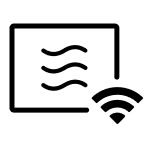
1. Smart ranges
Some smart appliances, including Whirlpool® Smart Ovens and Ranges, allow you to control your products remotely, usually via an app, letting you multitask without needing to be physically next to the appliance.1
Shop Whirlpool® Smart Ranges
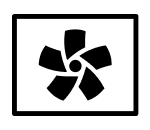
2. Convection ranges
Convection ovens include a fan that circulates hot air evenly across multiple racks in the oven. Some convection ovens also include a third heating element to enable fast cooking for certain dishes and functions such as air frying, an alternative to deep frying. Select Whirlpool® Convection Ranges also feature Convection Conversion, like this Whirlpool® Range, which automatically adjusts cooking times and temperatures for your favorite recipes.
Shop Whirlpool® Convection Ranges
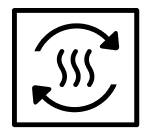
3. Air fry ranges
This type of range is somewhat similar to a convection oven and comes with a specialized air fry setting that uses fans to circulate hot air to achieve a crispy, crunchy texture as an alternative to deep frying food in oil.
Whirlpool brand has a wide selection of gas and electric ranges with Air Fry Mode, like this model, for you to conveniently enjoy your chicken wings, mozzarella sticks and fries without the need for a separate appliance.
Shop Whirlpool® Ranges With Air Fry
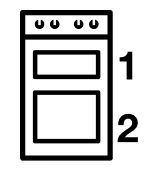
4. Double oven ranges
If you need extra capacity, often cook multiple dishes at once or want to cook dishes at two different temperatures, double oven ranges may be an ideal option for you. Explore Whirlpool® Freestanding Double Ovens to find the right fit for your home.
Shop Whirlpool® Double Oven Ranges
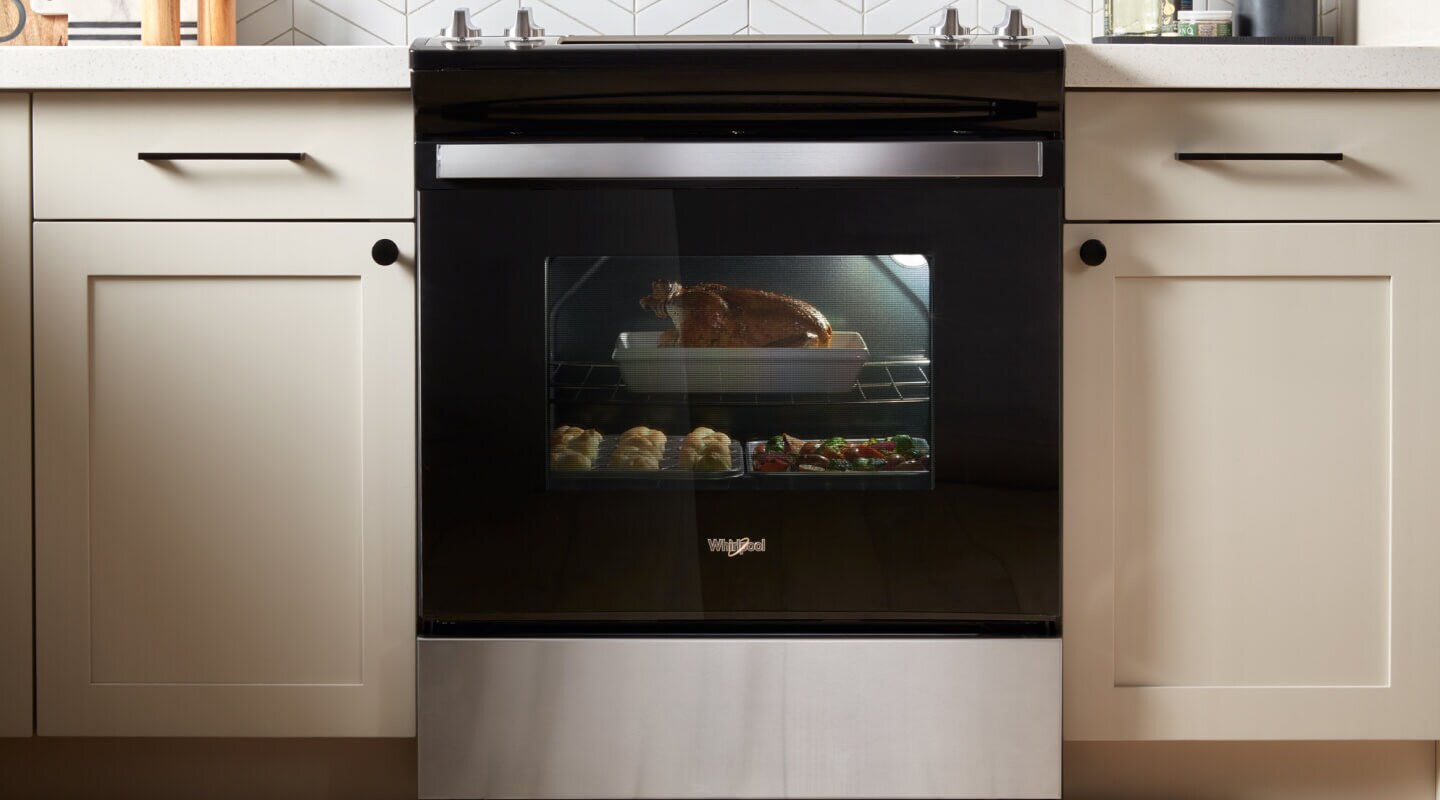
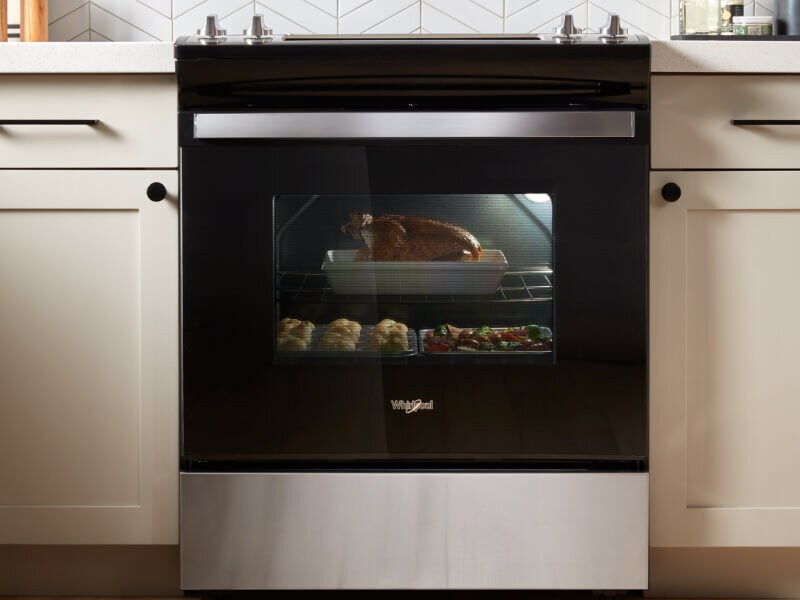
How to choose a stove that fits your needs
When finding the next range for your home, you’ll want to consider multiple options, including fuel type, configuration, installation, location of controls, size of the appliance, cooking style, cleanability and your family’s needs.

Type of fuel
Gas ranges require a gas line and hookup, which will need to be installed by a professional if your kitchen doesn’t have an existing line. Consider the different benefits of cooking with gas vs. electric. Also consider the perks of a dual-fuel range or an induction cooktop.
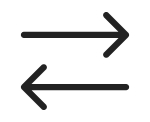
Range vs. cooktop and wall oven
A cooktop is a standalone surface with gas burners or electric heating elements for cooking, but it does not contain an oven. A wall oven is separate from a cooktop and can be installed into a wall space for a seamless fit in your kitchen. Combining these two appliances, essentially, gives you a range—an oven and cooktop in one appliance—making it a convenient way to handle all of your cooking at once, including baking, searing and more. Consider your kitchen layout and cooking style when deciding between ranges, cooktops and wall ovens.
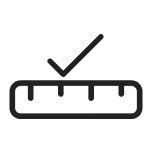
Location in kitchen
Think about your kitchen layout, including islands, cabinets and other appliances and how that will affect whether you choose a freestanding or slide-in range—or a cooktop and wall oven.
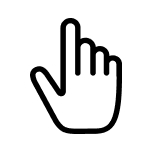
Location of controls on the appliance
Some controls are on the front of the appliance while some are on the back. Think about your kitchen layout and cooking needs as you consider which style works best for you. If you’re installing a range in a kitchen island or have a decorative backsplash that you don’t want to cover up, you might prefer a slide-in range with front controls. Freestanding ranges with rear controls work well if your range will be installed against a wall.

Appliance capacity and number of people in your family
A larger capacity range or a double oven range may be ideal options if you’re cooking for a large family or cook multiple dishes often. Consider how many burners you’re likely to use when looking at these types of ranges.
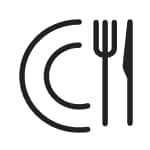
Cooking preferences
Some people prefer the responsiveness of gas for cooktop temperature control, while others like to have the dry, even heat of electric ovens for baking. Think about the kind of cooking and baking you normally do—whether it’s making cookies or slow roasting a pork shoulder—and weigh the pros and cons of each range option as it relates to your cooking style.
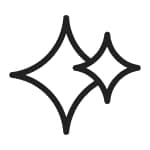
Cleanability
The ceramic glass cooktops of some electric stoves make for quick cleanup, while some gas stoves have dishwasher-safe burner grates. Consider these and other factors, like self-cleaning cycles and steam cleaning options, that help you clean your range.
Explore Whirlpool® Ranges
There are many factors to consider when deciding what type of stove you need. Whirlpool brand has a wide variety of ranges available in various sizes and configurations with convenient features to help you handle mealtime. Select Whirlpool® Ranges feature Frozen Bake™ Technolog, which lets you skip preheating for faster cooking times, along with EZ-2-Lift™ Grates for quick access when cleaning up spills and splatters, like on this model.
Ready to narrow down your options? Use our Appliance Finder to help you find the right range for you, or browse all Whirlpool® Ranges.
Was this article helpful? Pass it on
Discover more from Whirlpool brand


home heartbeat
Ready for more tips, home hacks and appliance guides?
1. Appliance must be set to remote enable. WiFi & App Required. Features subject to change. Details and privacy info at whirlpool.com/connect.

